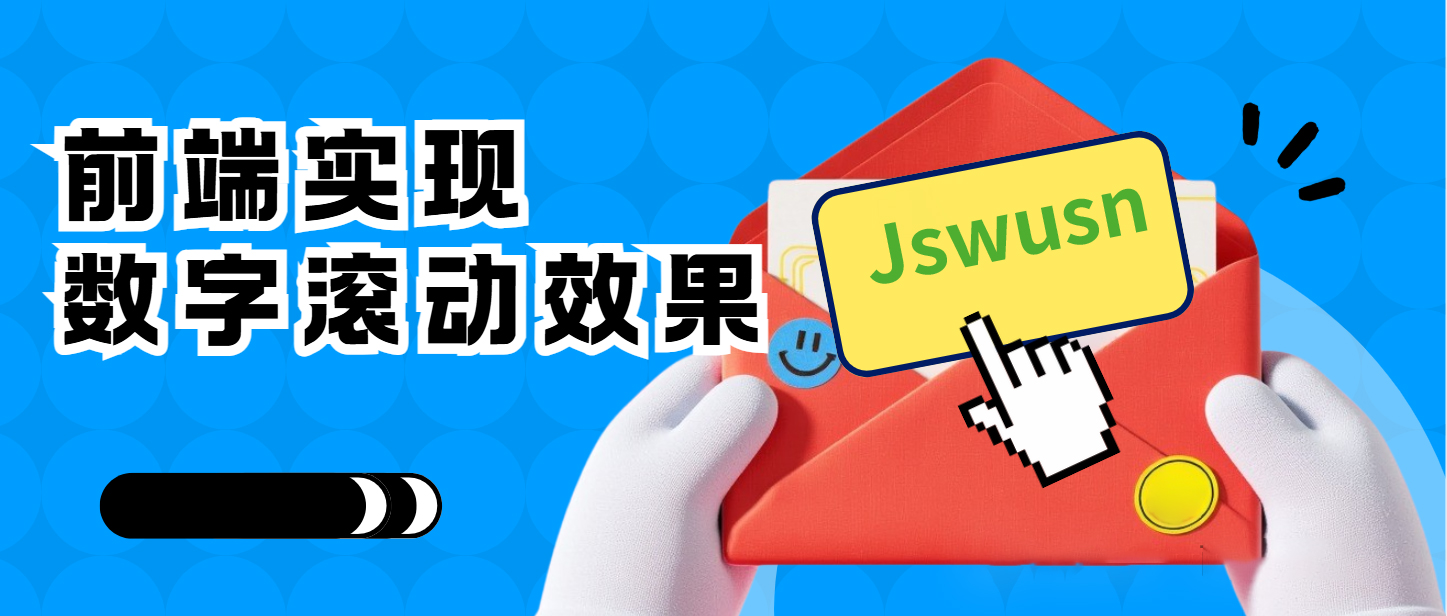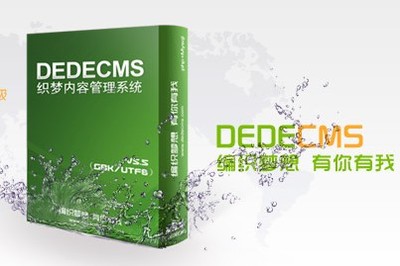
无限滚动,又称瀑布流,已成为现代网站的标配。它能提升用户体验,让浏览更加流畅。分享下只需七行JavaScript代码,就能轻松实现高性能的无限滚动效果,并深入剖析其背后的性能优化原理。
传统实现的痛点
在谈论优化方案前,我们先来看看传统无限滚动实现中存在的问题:
频繁的DOM操作:每次加载新内容都进行大量DOM节点创建和插入 事件处理不当:scroll事件触发频率极高,导致性能下降 资源浪费:所有内容都保留在DOM中,即使已经滚出视口 内存泄漏:长时间使用后,内存占用持续增加
这些问题在数据量小时可能不明显,但当用户深度滚动时,页面会变得越来越卡顿,甚至崩溃。
七行代码的魔力
下面是经过优化的无限滚动核心代码:
const observer = new IntersectionObserver(entries => {
if (entries[0].isIntersecting && !isLoading) {
isLoading = true;
loadMoreItems().then(() => isLoading = false);
}
});
observer.observe(document.querySelector('#sentinel'));这短短七行代码解决了传统实现的所有痛点,实现了性能最优的无限滚动。看似简单,实则蕴含了多重性能优化技巧。
性能优化解析
1. IntersectionObserver代替Scroll事件
传统实现通常依赖于scroll事件:
window.addEventListener('scroll', () => {
// 检查是否滚动到底部并加载更多
});问题在于scroll事件触发极为频繁(可达每秒数十甚至数百次),即使使用节流(throttle)或防抖(debounce)技术,也会有性能损耗。
而IntersectionObserver是浏览器原生提供的API,它能够异步观察目标元素与视口的交叉状态,只在需要时触发回调,极大减少了不必要的计算。
2. 虚拟列表与DOM回收
真正高效的无限滚动不仅是加载新内容,更重要的是管理已有内容。完整实现中,我们需要:
function recycleDOM(){
//移除已滚出视口较远的元素
const items = document.querySelectorAll('.item');
items.forEach(item =>{
const rect = item.getBoundingclientRect();
if(rect,bottom<-1000 rect.top > window.innerHeight + 1000){
//保存数据但移除DOM
itemCache.set(item.dataset.id,item);
item.remove();
}
}
}这种技术被称为"DOM回收",确保DOM树的大小保持在可控范围内。
3. 状态锁避免重复请求
注意代码中的isLoading状态锁,它防止在前一批数据加载完成前触发新的请求:
if(entries[0].isIntersecting && !isLoading){
isLoading = true;
loadMoreItems().then(()=>isLoading = false);
}这个简单的状态管理避免了数据重复加载,减少了不必要的网络请求和DOM操作。
4. 图片懒加载
在无限滚动中,图片处理尤为关键。结合IntersectionObserver实现图片懒加载:
function setupImageLazyLoad(){
const imgObserver = new IntersetionObserver(entries => {
entries.foreach(entry => {
if (entry.isInterseting) {
const img = entry.target;
img.src = img.dataset.src;
imgObserver.unobserve(img);
}
});
});
document.querySelectorAll('img[data-src]').foreach(img => imgObserver.observe(img));
}这确保了只有进入视口附近的图片才会被加载,大大减少了带宽消耗和初始加载时间。
性能测试数据
在一个加载了1000条记录的测试页面上,传统方法与优化方法的对比:
数据表明,优化后的实现几乎达到了60fps的流畅体验,而内存占用仅为传统方法的约1/9。
实战应用
将核心代码扩展为可直接使用的完整实现:
class InfiniteScroller{
constructor(container,loadcallback,options={}) {
this.container = container;
this.loadcallback = loadcallback;
this.isLoading = false;
this.options = {
threshold: 200,
recycleThreshold: 1000,
batchSize: 20,
...options
};
this.sentinel=document.createElement('div');
this.sentinel.id ='sentinel';
this.container.appendchild(this.sentinel);
this.setupObserver();
this.setupRecycling();
}
setupObserver() {
this, observer = new IntersectionObserver(entries => {
if (entries[0].isIntersecting && !this.isLoading) {
this.isLoading = true;
this.loadCallback(this.options.batchSize)
.then(() => {
this.isLoading = false;
this.recycleDOM();
});
}
});
this.observer.observe(this.sentinel);
}
recycleDOM(){
const items = this.container.querySelectorAll('.item:not(#sentinel)');
items.forEach(item =>{
const rect= item.getBoundingclientRect();
if(rect.bottom < -this.options.recycleThreshold || rect.top > window.innerHeight + this.options.recycleThreshold){
item.remove();
}
});
}
destroy() {
this.observer.disconnect();
}
}使用示例:
const container = document.querySelector('.content-container');
const infiniteScroller = new InfiniteScroller(container, async (count) => {
const newItems = await fetchData(count);
renderItems(newItems, container);
});








